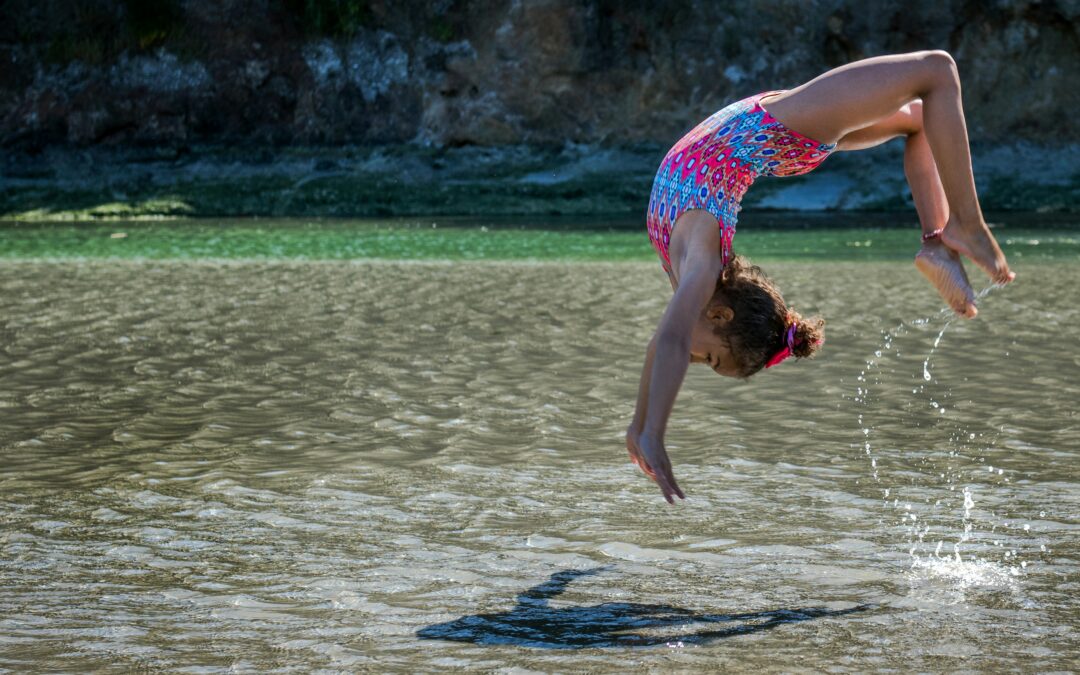What You Need to Know
Dry Drowning and Secondary Drowning have been in the spotlight recently due to several alarming incidents. Understanding these conditions and knowing how to prevent them is crucial for parents.
What Are Dry Drowning and Secondary Drowning?
Secondary Drowning:
- This occurs when fluid builds up in the lungs not during submersion but up to 24 hours after swimming or bathing.
Dry Drowning:
- This happens when water is inhaled into the lungs, causing the vocal cords to spasm, whether in or out of water.
Prevention Tips
Stay Vigilant:
- Always closely watch your child while they are in the pool. Pay attention to their behavior and surroundings.
- If your child has gulped water and is coughing and sputtering, take it seriously.
Warning Signs to Watch For
Breathing Issues:
- Difficulty breathing, persistent coughing, chest pain, or vomiting.
- Look for rapid and shallow breaths, flaring nostrils, or a noticeable gap in the ribs when breathing. These could indicate your child is struggling for oxygen.
Extreme Tiredness:
- Unusual fatigue can signal that the brain is not getting enough oxygen.
Behavioral Changes:
- Be alert for crankiness, argumentativeness, or combativeness, as these can be early signs of delayed drowning.
Physical Changes:
- Watch for blue lips or pale skin, which are signs of insufficient oxygen.
What to Do If You Suspect Drowning
If you notice any of these symptoms, seek medical help immediately. Quick action can make a significant difference.
Need Legal Help?
If you or someone you know has lost a loved one due to potential negligence at the pool, contact the Law Offices of Kaiman and Crane. We are here to help.
—
By staying informed and vigilant, you can protect your children and ensure their safety around water.

